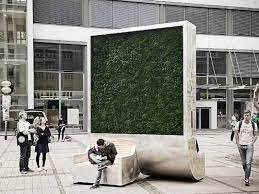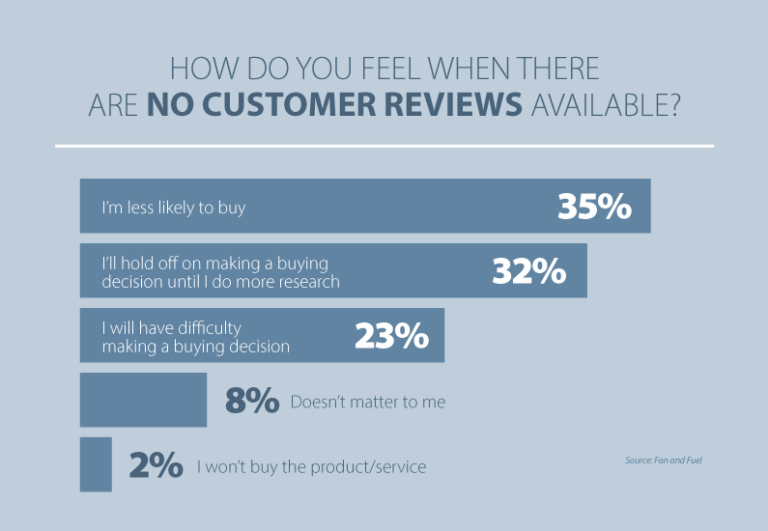Introduction
As urbanization accelerates globally, the need for sustainable urban development has become imperative. Cities are at the forefront of environmental challenges, but they also harbor opportunities for innovation. This article explores the cutting-edge innovations in sustainable urban development, showcasing how cities can evolve to balance growth with environmental responsibility.
Integration of Green Roofs and Walls
Green roofs and walls are transforming urban landscapes. These innovative features involve covering buildings with vegetation, providing insulation, reducing heat absorption, and improving air quality. Beyond their environmental benefits, green roofs and walls contribute to the aesthetic appeal of urban areas.
Smart Building Systems for Energy Efficiency
Smart building technologies leverage data and automation to enhance energy efficiency. These systems monitor and adjust lighting, heating, and cooling in real-time, optimizing energy consumption. The integration of smart technologies in urban development reduces the ecological footprint of buildings and enhances overall sustainability.
Solar Power in Urban Spaces
Cities are increasingly harnessing solar power to meet their energy needs. Solar panels integrated into building designs, solar-powered streetlights, and solar charging stations for electric vehicles contribute to the transition towards clean energy. These innovations make urban spaces more sustainable and less reliant on conventional power sources.
Wind Energy in Urban Environments
Innovations in wind energy are making it more feasible to incorporate wind turbines into urban environments. Vertical-axis wind turbines, designed for urban spaces, capture wind energy efficiently and are less intrusive than traditional horizontal-axis turbines. Integrating wind energy into cityscapes diversifies the renewable energy mix.
Electrification of Public Transport
Cities are electrifying their public transportation systems to reduce emissions. Electric buses, trams, and trains powered by clean energy sources contribute to improved air quality and a more sustainable urban transportation infrastructure. The integration of electric mobility options encourages a shift away from traditional fossil fuel-based transit.
Smart Traffic Management Systems
Smart traffic management systems leverage data and connectivity to optimize traffic flow. Real-time monitoring, predictive analytics, and adaptive traffic signal control contribute to reduced congestion and lower emissions. These systems enhance overall urban mobility, making cities more sustainable and commuter-friendly.
Urban Parks and Green Corridors
Innovations in urban planning prioritize the creation of green spaces. Urban parks, green corridors, and pedestrian-friendly zones contribute to biodiversity, air purification, and overall well-being. These green oases provide residents with recreational areas while promoting a sustainable and healthy urban environment.
Inclusive Design for Accessibility
Sustainable urban development encompasses inclusivity in design. Cities are incorporating features that enhance accessibility for all residents, including those with disabilities. Inclusive design principles consider mobility, public spaces, and infrastructure, ensuring that urban environments cater to diverse needs and abilities.
Smart Waste Management Systems
Cities are adopting smart waste management systems to optimize waste collection and recycling. Sensor-based technologies monitor waste levels in bins, enabling efficient collection routes and reducing unnecessary emissions. These innovations contribute to the move towards a circular economy in urban areas.
Circular Economy Hubs and Initiatives
Circular economy practices involve reusing, recycling, and repurposing materials to minimize waste. Cities are establishing circular economy hubs and initiatives that encourage businesses and residents to participate in sustainable practices. From upcycling workshops to material exchange programs, these initiatives contribute to a more sustainable urban ecosystem.
Conclusion
Innovations in sustainable urban development represent a proactive response to the environmental challenges posed by urbanization. From green building technologies and renewable energy integration to smart transportation solutions and circular economy practices, cities are evolving to become more resilient, efficient, and environmentally responsible. As these innovations continue to shape urban landscapes, the vision of sustainable cities that balance growth with ecological harmony becomes increasingly achievable. The future of urban development holds the promise of cities that thrive as centers of innovation, livability, and sustainability.







